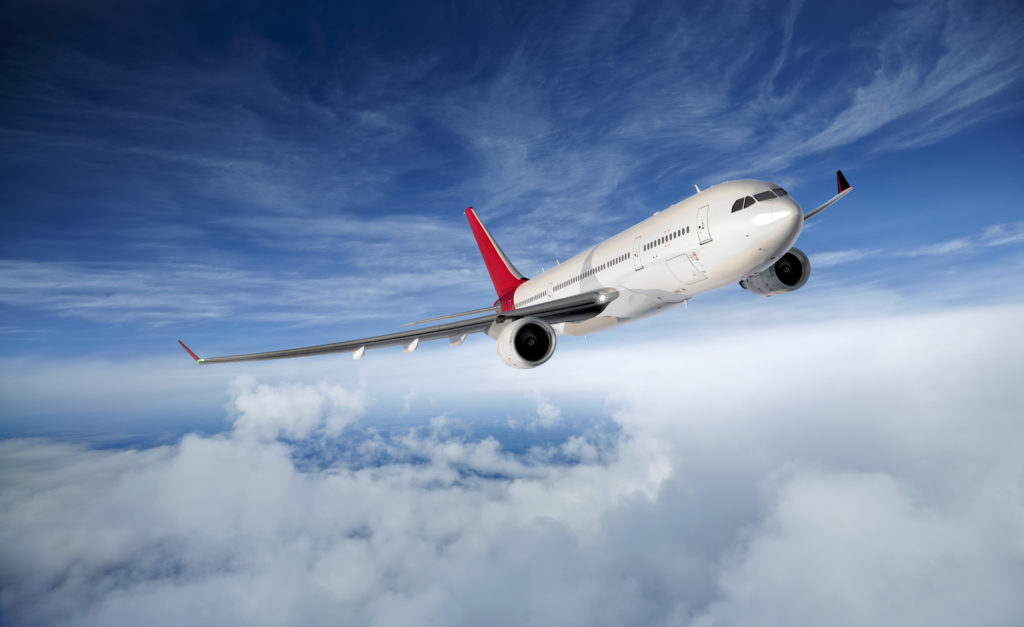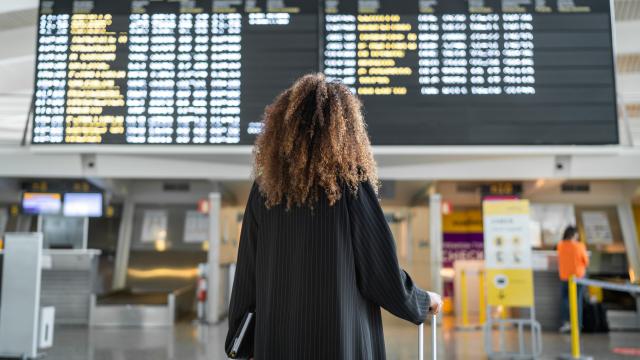Since COVID-19 began in March 2020, the state and territory governments have been enforcing their own border control measures to limit travel from various coronavirus hotspots around Australia. Over the past two years, the border restrictions have changed a number of times to adapt to emerging coronavirus clusters.
If you’re at a loss of where we’re at with all this change, don’t worry. We’ve created a guide for you below.
Australian border restriction updates

Western Australia
Update (11/04/2022)
Western Australia is one of the few Australian states still imposing requirements for incoming travellers. The hard border for arrivals has been removed but there are still a few things domestic visitors need to consider.
The WA government has shared that Aussies wishing to enter into the state must meet the below requirements:
- Travellers must have a curren G2G Pass
- Be triple dose vaccinated, if eligible (or double dose vaccinated if not eligible for a third dose);
- Undertake a Rapid Antigen Test (RAT) upon arrival within 12 hours if travelling by air, or 24 hours if not travelling by air, and register any positive result.
The WA government also asks any visitors to comply with mask rules while in the state.
Queensland
Update (11/04/2022)
As of January 15, 2022, domestic border restrictions for people entering Queensland from interstate are no longer in place.
You can read more about QLD’s border updates here.
South Australia
Update (11/4/2022)
South Australia has opened its borders to the rest of Australia. It is required that visitors from interstate use SA’s QR code check-in system when travelling, and anyone with a positive COVID-19 test result may not enter the state until their isolation period has been completed – this does not apply for domestic violence arrivals into SA.
You can read more about SA’s border updates here.
Tasmania
(Update 11/04/2022)
At present, Tasmania has no entry requirements in place for incoming domestic travellers. The state government asks visitors to download the Check in Tas app to use wherever required when travelling through Tasmania.
Read more on Tasmania’s border updates here.
Northern Territory
Update (11/04/2022)
The Nothern Territory has also dropped its border entry requirements for interstate travellers in Australia. Visitors will still need to follow any COVID-19 restrictions in place such as mask mandates and check-in rules.
You can read more about the NT’s border rules here.
ACT
Update (11/04/2022)
There are no interstate travel restrictions in place for the ACT.
You can read more here.
New South Wales
(Update 11/04/2022)
Like many Australian states, the New South Wales government has also relaxed restrictions for any incoming domestic travellers.
Keep up to date on NSW’s border restrictions here.
Also, if you’re travelling out of Sydney you may be aware of some hectic scenes that have been occurring over the Easter weekend.
Sydney Airport WTF pic.twitter.com/52nf2dlQoc
— Tom Steinfort (@tomsteinfort) April 7, 2022
If you’re heading that way over Easter it’s best to plan ahead and leave plenty of time to arrive at the airport and get through security. If it’s been a while since you’ve travelled down forget that items like laptops, iPads and aerosols need to be removed from your carry on to go through security scanners.
Victoria
Update (11/04/2022)
Victoria has dropped all requirements for interstate travellers meaning you no longer need an entry pass to visit the state.
Find out more about the current Victorian border restrictions here.
International border restrictions
(Update 11/04/2022)
The good news is that after 18 months of being closed, Australia’s international borders are open again.
Inbound international travellers to Australia must declare their vaccination status and provide proof of COVID-19 vaccination. This includes completing a Digital Passenger Declaration 72 hours prior to your departing flight.
Until April 18, 2022, incoming international travellers to Australia provide proof of a negative COVID-19 test within 72 hours before departure. This requirement will be scrapped on April 18. More details on incoming travel requirements here.
Fully vaccinated citizens and permanent residents are able to leave the country for any reason – pending any limits on entry into other countries from foreign borders – but whether they can return home is dependent on each state’s rules.
Details on leaving Australia are available here.
You can also keep up to date with COVID locations by referring to government resources along with this Google map of hot spots. And if you want more info on vaccine boosters, you can read up on that next.
This article on COVID border restrictions has been updated with additional information. We will continue to add to this article as more news becomes available.

Leave a Reply
You must be logged in to post a comment.